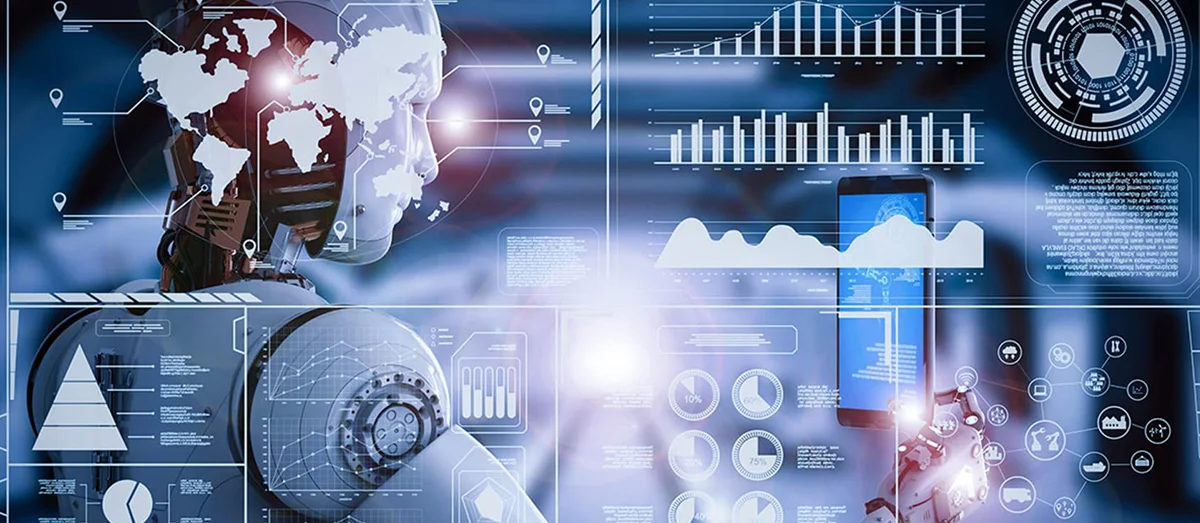About half of today’s work activities can be automated with available technology, reports McKinsey—and rote data entry is certainly a prime candidate. Before you decide if this strategy is right for your business, though, it helps to know the basics of data entry automation. That’s what we’ll cover here, starting with a simple definition:
Data entry automation is the act of adding information to a digital system using software rather than human labor. In practice, however, data entry automation is always one part of a broader workplace process—one that includes data extraction and data validation, and then concludes with data entry (or another goal further downstream).
In fact, when we discuss data entry automation, what we’re really talking about is systems integration. Employees too frequently find themselves performing this task manually, because there is no other choice. Companies are forced to rely on manual data entry software and many hours of repetitive work to move data from forms, emails, or spreadsheets into another software platform.
Smart automation technologies—including Robotic Process Automation (RPA)—remove those tasks from human staff, resulting in greater productivity, rock-solid accuracy, and better workforce utilization, all with lightning-fast returns on investment. Here’s how automated data entry can help your company achieve these benefits.
Intelligent automation can free you from repetitive data entry tasks forever.
Want to know more? Let’s talk about your unique data-handling challenges.
How Data Entry Automation Works
The Nividous platform transfers data with RPA bots, which are trainable software entities that perform work on existing systems. These bots interact with systems through user interfaces, so they can operate any software application. In other words, bots integrate digital systems (including the requisite transfer of data) on the front end, performing almost like a human. This smart automation doesn’t require custom software development, so it’s faster, more flexible, and more affordable than traditional approaches.
That’s not to say RPA bots act on the keystroke level, literally operating a cursor and key sensors like a phantom at the keyboard. That scenario would hardly be a robust solution; with pages shifting and data constantly moving locations, automated data transfer cannot be left to a crude emulation of human control. The reality of smart RPA is much more resilient, thanks to the dynamic capabilities of Artificial Intelligence (AI), along with the powerful validation controls built into the Nividous platform.
With the Nividous platform, users can easily train their own bots to recognize particular data types wherever they’re stored. A range of built-in AI technologies—Optical Character Recognition (OCR), Natural Language Processing (NLP), computer vision, machine learning—allows these bots to identify and copy the right information, even from dissimilar forms. These technologies also help bots enter target data elsewhere, within a single software application or across multiple systems: This is data entry automation guided by AI.
Data Entry Automation In Your Industry
Data entry automation is ideal for any industry that handles data (which is to say every industry, from manufacturing to banking to life sciences). But early adopters have typically been industries with extensive back-office responsibilities, including finance, insurance, and healthcare. Here are just a few examples of how automated data entry, as part of a complete intelligent automation system, is helping companies today:
- Insurance authorization and verification for healthcare providers. Not so long ago, only a knowledgeable human worker could navigate the dozens of insurance portals involved in authorizing or verifying insurance coverage for healthcare procedures. With trained RPA bots from Nividous, that whole process can be automated. Automation with Nividous allowed one major healthcare company to achieve an 80% reduction in manual work and 70% faster process handling—and it accomplished this transformation in just two weeks from the time of deployment.
- Reconciliation and reporting for financial accounts. Nividous RPA bots don’t just automate account or invoice reconciliation; they also automate the data entry associated with reporting the results of that reconciliation. That leads to true end-to-end automation for a previously time-consuming financial task. One technology manufacturer uses the Nividous platform to automate invoice reconciliation and associated shipment tracking—among other processes—resulting in a 40% reduction in operational costs.
- Customer onboarding from multiple forms and systems. A leading insurance provider collected their customer details in the field via an Android device. It took an entire team to verify and transcribe that data into their core digital systems. As part of a comprehensive solution, Nividous bots automated the data entry, sewing together the Android app with the client’s internal system—with a 60% reduction in human labor and data accuracy improvements of more than 90%.
How could your operation benefit from data entry automation? We’d love to discuss the possibilities. Contact us to learn more, or sign up for a free, personalized demo to experience Nividous smart automation at work.






